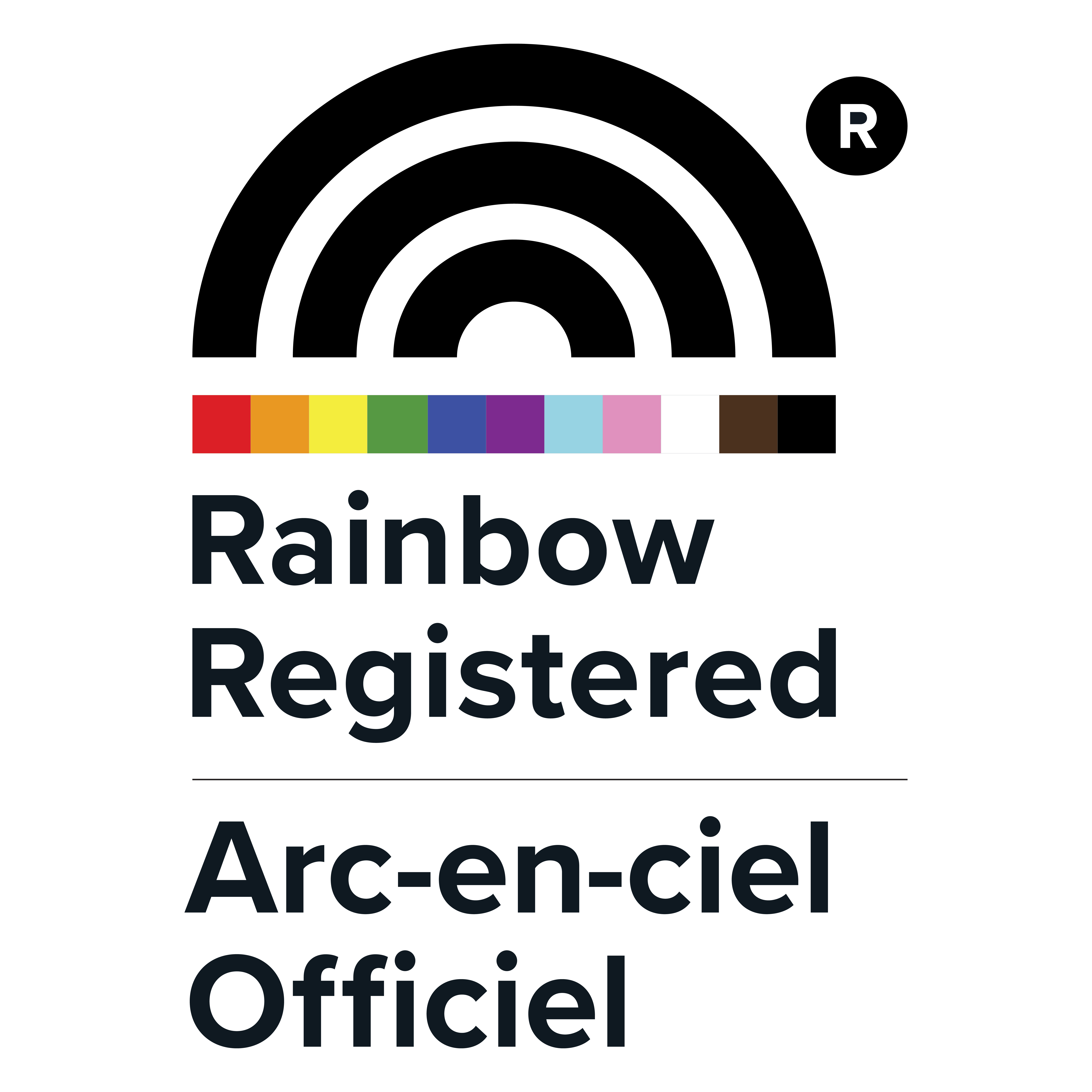30 years ago, the Tragically Hip released their first full studio album, making Kingston the foundation of Canadian music.
With 13 full albums released over the course of over two decades, The Tragically Hip became more than Kingston’s hometown heroes. Their records formed the bedrock of a new national musical identity, belonging to campfires and hockey arenas, emerging cities and quiet small towns.
For Kingstonians, each record has its own personal connection, reaching some more than others. There’s no definitive list, just as there’s no singular Hip fan. That’s because their music an irrevocable part of our culture—and it started in Kingston.
13. Now for Plan A (2012)
Music fans never forgot the Hip mattered. But this record came with slightly less notice than deserved.
It’s almost a live album in all but name, with a significant portion of the record pulled from live performances on the studio floor in a two-week session. As a result, it’s a far more urgent album than critics realized.
This is the Hip at their most vulnerable but still delivers memorable moments aplenty. Fellow Kingstonian Sarah Harmer lends her haunting vocals to the standout track “The Lookahead.” Downie’s lyrics are damaged and resilient, inspired by his wife’s diagnosis with lung cancer. Listening to Downie’s plaintive howl on “Man Machine Poem,” the record’s heart more than addresses its quieter impact.
It wasn’t a cultural touchstone. It was a reminder of why the Hip mattered.
12. Music @ Work (2000)
Coming off the decade where The Hip solidified themselves as Canadian rock mainstays, the album has the casual confidence of a band that’s inarguably made it.
The title track “My Music At Work,” opens the album with the quintessential Hip song: so abstract it’s universal, and undeniably catchy but still hard-rocking. Despite the Black Sabbath-inflected metal on the following, “Tiger the Lion,” the album never feels weighed down. Even if it experiments, it’s easy-going and self-assured. The trade-off may be less grabbing emotional moments and excess songs, but it never completely diminishes the album.
11. World Container (2006)
For an arena-sized album of U2 proportions, its angst and experimentation can come as a surprise. One listen to World Container’s “In View” is proof.
Trading in the hard-rocking guitar-oriented tracks of their previous albums, for a pop hook, the song is a declaration disguised as an earworm jingle: The Hip could change without losing their identity. Meanwhile, experiments like Spanish guitar inflections on the “Lonely End of the Rink” shouldn’t work. Somehow, they do.
10. We are the Same (2008)
Capitalizing on the experimentation of World Container, the Hip upped the ante. Where the previous album pushed for stadium-filling sounds, We are the Same is more conversational, more aimed at relaxing and revelling in a band refusing the status quo.
The laidback country influences on “Morning Moon” and the downbeat “Coffee Girl” are great tracks, but they should be listened to alone. That may be why this record is lighter on the live staples; it’s heavier on arrangements and strings than towering rock songs.
9. In Violet Light (2002)
Fittingly named, In Violet Light is the Hip at their most dream-like. Outgoing rock songs still make an appearance with “Are You Ready” and “All Tore Up,” but they’re the exceptions.
The album’s heart is in the weary, thoughtful mood on “It’s A Good Life, If You Don’t Weaken.” A patient, slow-to-unfold track, it’s a cathartic lesson in recovery and redemption after losses. It also represents a darker sound than typically appears as a greatest hit.
Not all of the songs might be huge crowd-pleasers, but the Hip were reaching for something deeper. “Let’s get friendship right / Get life day-to-day / In the forget-yer-skates dream / Full of countervailing woes,” Downie signs on “It’s A Good Life”.
8. Phantom Power (1998)
This record could top this list with “Bobcaygeon” alone. The anthem will likely go down as The Hip’s definitive piece, a moving narrative about a cop falling in love in a small town. However, that would leave out some of the strongest singles the band ever released.
“Poets” and “Fireworks” are irreverent, literate rock songs that easily separate the Hip from the many dour releases of contemporaries. Meanwhile, “Escape is at Hand for the Travelling Man” is unusually restrained and quiet, acting as a tribute to a late friend of the band.
While coming at the end of some of the band’s most classic period, Phantom Power proved the band had the depth to be a lifelong presence.
7. Trouble at the Henhouse (1996)
By the time Trouble at the Henhouse released, fans knew what to expect from a Hip record. And the new release largely delivered. It’s quality rock and roll, from a reliably great band.
In terms of contribution, the real uncontested fan favourite is “Ahead by a Century.” Acoustic, and softer than the majority of the album, the song is already an old friend at first listen. Fans might point to down-tempo offerings like “Apartment Song” and “Flamenco” but, realistically, it’s all wrapping for the lead single.
6. Day for Night (1994)
“Nautical Disaster” is the signpost for what the Hip had become by this record’s release. A retelling of Canada’s ill-fated raid on Dieppe in World War II, it marks the Hip’s complete transition into being a truly national band. For all the critiques of the album’s darker turns, the band strikes a powerful balance between the expansive and the intimate.
“Grace, Too” and “So Hard Done By” are top-tier rockers, and “Scared” is heart-rending and self-conscious, seeing Downie at his most raw and fragile. These mainstays are a strong outline of how the Hip developed after the whirlwind recording schedule of their first albums. Blues rock alone was out, The Hip had their own sound.
5. In Between Evolution (2004)
If there was ever an album that was criminally overlooked, it’s In Between Evolution. While it sold well and features some classic Hip tunes, it’s always shy of critics’ top honours.
Maybe that’s because the album was well-trod territory for the Hip, or potentially the more accessible production. Regardless, it’s the band at top-form, doing what it does best. With huge fist-pumping tunes like “It Can’t Be Nashville Every Night” and “Vaccination Scar,” and the powerhouse storytelling on “Gus: The Polar Bear From Central Park,” it should have been more of a landmark.
If it was only released earlier in the Hip’s career, it might have been.
4. Road Apples (1991)
The sophomore slump is hard to shake. Plenty of second albums suffer from rushed schedules and half-completed songs thrown together before release. For the Hip, the first notes on “Little Bones” dispelled any such notion.
It’s undeniable: it’s a Canadian classic and the greatest gift cover bands could ever ask for. It’s packed with tunes guaranteed to carry a party (“Three Pistols” and “Twist My Arm” particularly) but also introduced the mature introspection that would sometimes carry the band.
Meanwhile. “Fiddlers Green” and “Long Time Running” are quiet, eye-watering numbers. For a record known to please pub crowds, Road Apples gave the Hip the depth needed to become icons.
3. Man Machine Poem (2016)
Man Machine Poem’s release was inseparable from Downie’s diagnosis with brain cancer. Whether intentional or not, the album is a late-career elegy, filled with left turns and musical gambles that fit neatly onto a goodbye record.
The album’s centrepiece, “In a World Possessed By The Human Mind,” belongs on the list of Hip’s greatest songs. It has all the makings of the band at their prime: power-chord choruses and pensive lyrics, the song is about the calm of making peace.
Downie was often a cipher with his lyrics, but the melancholy on the album is always filtered through understanding. It’s a goodbye, but on its own terms.
2. Fully Completely (1992)
Fully Completely is the first sight of the band’s complete package. Canadian iconography and history permeate the record, taking centre-stage for the first time. This was when the band truly grew out of being solely a Kingston fixture.
There’s no definitive best song for a record chock-full of them. The heart-breaking prairie scene of “Wheat Kings” can’t be fully compared to the gritty twin guitars on “At the Hundredth Meridian.” There can’t be a best tribute to a national hero when the two competitors are “Courage (for Hugh MacLennan)” and “Fifty Mission Cap.” It’s simply the Hip at their best.
1. Up to Here (1989)
By all rights, no band has any right to release Up to Here as their first fully-fledged record. It’s too confident. The songwriting is too tight. The tracklisting verges on being more of a greatest hits compilation than a first stab at production.
There’s no need to relitigate why “38 years old,” “New Orleans Is Sinking” and “Blow at High Dough” are great. The proof is they dominate national radio 30 years after their release. More, however, could be said for the swaggering country of “Boots or Hearts” and the rebellious storytelling in “I’ll Believe in You (Or I’ll be Leaving You).”
This is the record that launched a generation of musicians, and its roots are in Kingston.
Get the inside scoop on Kingston’s live music scene and check out the latest music festivals and events on our music site.




















